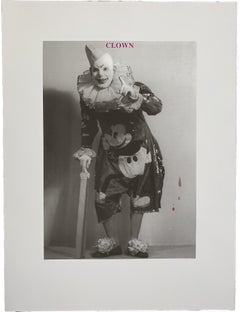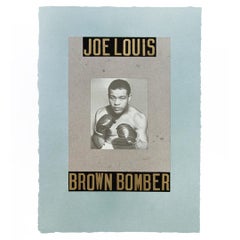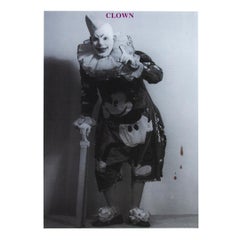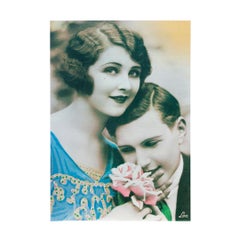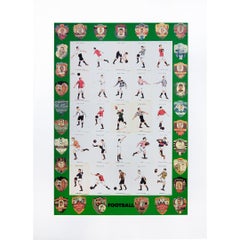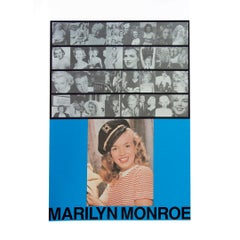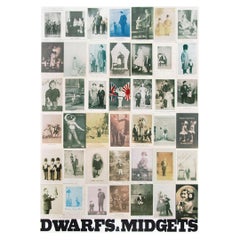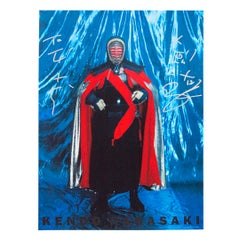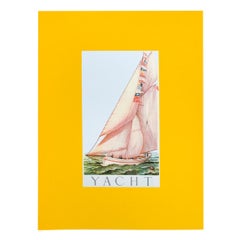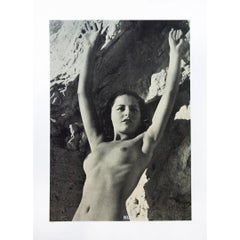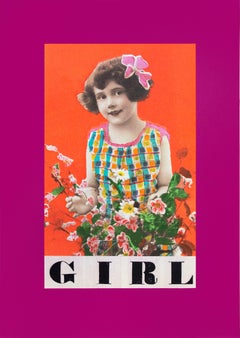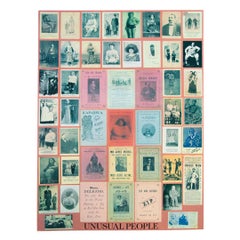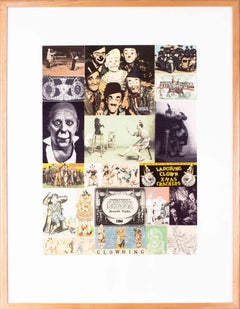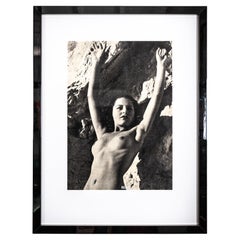Peter Blake Alphabet
1990s Pop Art Abstract Prints
Lithograph
1990s Portrait Prints
Screen
1990s Portrait Prints
Screen
1990s Portrait Prints
Screen
1990s Portrait Prints
Screen
1990s Portrait Prints
Screen
1990s Portrait Prints
Screen
1990s Pop Art Portrait Prints
Screen
1990s Pop Art Portrait Prints
Screen
1990s Pop Art Portrait Prints
Screen
1990s Pop Art Figurative Prints
Screen
1990s Pop Art Portrait Prints
Screen
Recent Sales
20th Century Pop Art Figurative Prints
Screen
20th Century English Prints
Paper
1990s Pop Art Figurative Prints
Screen
1990s Pop Art Portrait Prints
Screen
People Also Browsed
1970s Expressionist Figurative Prints
Offset, Lithograph
Antique Mid-19th Century Indian Anglo Raj Paintings and Screens
Paint, Paper
Vintage 1970s French Mid-Century Modern Prints
Paper
Antique Late 19th Century Indian Anglo-Indian Paintings and Screens
Paint, Paper
21st Century and Contemporary Indian Mid-Century Modern Side Tables
Wood
2010s Surrealist Mixed Media
Canvas, Mixed Media, Acrylic
Mid-20th Century Figurative Sculptures
Marble
1970s Expressionist Still-life Paintings
Oil, Canvas
Mid-20th Century English School Animal Paintings
Oil
21st Century and Contemporary Contemporary Mixed Media
Textile, Paint, Mixed Media
2010s Italian Art Deco Wall Mirrors
Brass
1910s Impressionist Landscape Paintings
Canvas, Oil
1940s Impressionist Portrait Paintings
Canvas, Oil
1850s Modern Figurative Prints
Woodcut
1950s Modern Figurative Prints
Lithograph, Stencil
Late 20th Century Israeli Animal Sculptures
Bronze
Peter Blake Alphabet For Sale on 1stDibs
How Much is a Peter Blake Alphabet?
Peter Blake for sale on 1stDibs
Peter Blake is widely regarded as the godfather of British Pop art and the Young British Artists movement (YBA).
Blake created paintings, collages and prints that blend modernity and nostalgia. Though best known for designing the album cover for the Beatles’ Sgt. Pepper’s Lonely Hearts Club Band, he considered painting to be central to his oeuvre. While celebrity figures such as Marilyn Monroe informed Blake's work, folk art, fairground signs and an overall sense of nostalgia influenced his style.
In 1997, at the age of 65, Blake emotionally retired from painting and entered what he called his "late period." Afterward, he continued to work but was no longer interested in the art world’s opinion of his art, instead creating what he wanted regardless of its relation to his previous artworks over the course of his career.
Find Peter Blake art today on 1stDibs.
(Biography provided by Arton Contemporary)
Finding the Right Prints-works-on-paper for You
Decorating with fine art prints — whether they’re figurative prints, abstract prints or another variety — has always been a practical way of bringing a space to life as well as bringing works by an artist you love into your home.
Pursued in the 1960s and ’70s, largely by Pop artists drawn to its associations with mass production, advertising, packaging and seriality, as well as those challenging the primacy of the Abstract Expressionist brushstroke, printmaking was embraced in the 1980s by painters and conceptual artists ranging from David Salle and Elizabeth Murray to Adrian Piper and Sherrie Levine.
Printmaking is the transfer of an image from one surface to another. An artist takes a material like stone, metal, wood or wax, carves, incises, draws or otherwise marks it with an image, inks or paints it and then transfers the image to a piece of paper or other material.
Fine art prints are frequently confused with their more commercial counterparts. After all, our closest connection to the printed image is through mass-produced newspapers, magazines and books, and many people don’t realize that even though prints are editions, they start with an original image created by an artist with the intent of reproducing it in a small batch. Fine art prints are created in strictly limited editions — 20 or 30 or maybe 50 — and are always based on an image created specifically to be made into an edition.
Many people think of revered Dutch artist Rembrandt as a painter but may not know that he was a printmaker as well. His prints have been preserved in time along with the work of other celebrated printmakers such as Pablo Picasso, Salvador Dalí and Andy Warhol. These fine art prints are still highly sought after by collectors.
“It’s another tool in the artist’s toolbox, just like painting or sculpture or anything else that an artist uses in the service of mark making or expressing him- or herself,” says International Fine Print Dealers Association (IFPDA) vice president Betsy Senior, of New York’s Betsy Senior Fine Art, Inc.
Because artist’s editions tend to be more affordable and available than his or her unique works, they’re more accessible and can be a great opportunity to bring a variety of colors, textures and shapes into a space.
For tight corners, select small fine art prints as opposed to the oversized bold piece you’ll hang as a focal point in the dining area. But be careful not to choose something that is too big for your space. And feel free to lean into it if need be — not every work needs picture-hanging hooks. Leaning a larger fine art print against the wall behind a bookcase can add a stylish installation-type dynamic to your living room. (Read more about how to arrange wall art here.)
Find fine art prints for sale on 1stDibs today.
